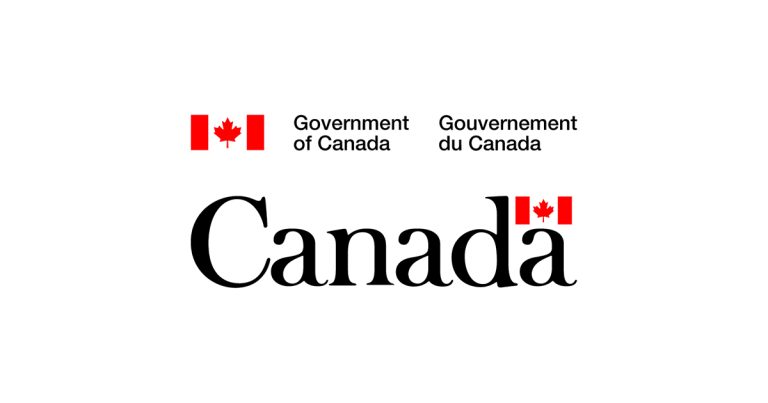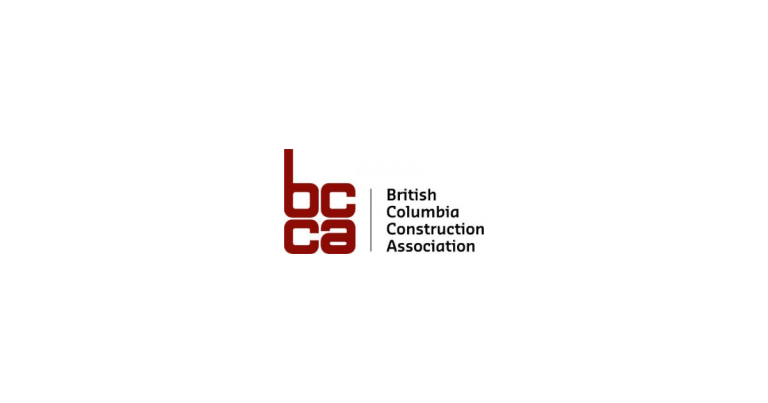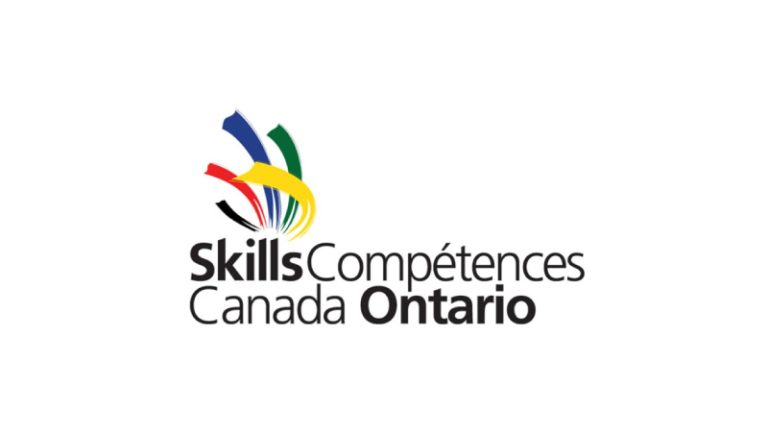Ontario Introduces Legistlation to Unlock Trade and Labour Mobility Within Canada

April 18, 2025
As a next step in its plan to protect Ontario by unleashing the province’s economy, the Ontario government is introducing the Protect Ontario through Free Trade within Canada Act to unlock free trade and labour mobility within Canada. This legislation will, if passed, create new opportunities for job creation and investment attraction, supporting economic integration across Canada and cutting costly and unnecessary red tape to help protect and grow Ontario and Canada’s economies.
“For too long, we’ve let red tape and endless regulations hold back our economy, making us vulnerable to external threats, including from President Trump’s tariffs,” said Premier Doug Ford. “Not anymore. The legislation we’re introducing today will make Ontario a national leader when it comes to trade between provinces and territories, so we can strengthen and unify Canada and create new markets and opportunities for Ontario workers and goods.”
Trade barriers within Canada cost the economy up to $200 billion each year and lower gross domestic product by nearly eight per cent. These barriers also increase the cost of goods and services Ontario families rely on by up to 14.5 per cent, at a time when families are already struggling from increased costs due to tariffs. Ontario is leading the charge to tear down these barriers to unlock Canada’s full economic potential.
Ontario’s plan, including the measures in the Protect Ontario through Free Trade within Canada Act, will support free trade and mobility across Canada by:
- Becoming the first province in Canada to remove all its party-specific exceptions (PSEs) under the Canadian Free Trade Agreement (CFTA) without exception and encouraging other provinces and territories and the federal government to follow suit.
- Allowing workers from other parts of the country to come and work in Ontario by enabling the government to remove labour mobility barriers, reduce administrative burdens and simplify the movement of certified workers across Canada. By expanding labour mobility with new “As of Right” rules, Ontario will allow certified workers from other provinces and territories to begin working in Ontario immediately while they complete a streamlined registration process.
- Enabling mutual recognition with reciprocating provinces and territories, so that goods, services and registered workers that are good enough for other parts of Canada are recognized as good enough for sale, use or work in Ontario.
- Moving to allow more regulated health professionals in good standing to begin practising in Ontario while they wait for registration in an Ontario health regulatory college and removing restrictions on where they may work using “As of Right” rules. The government will also begin consultations to allow American health professionals, including doctors and nurses, to be included under these new “As of Right” rules.
- Enabling direct-to-consumer alcohol sales with reciprocating provinces and territories so that consumers will be able to purchase alcohol directly from producers across Canada for personal consumption.
- Establishing a “Buy Ontario, Buy Canadian” day held annually on the last Friday in June to help consumers support local businesses and workers through programs such as Ontario Made, Ontario Wood, VQA and Foodland Ontario.
Ontario is also launching the new $50 million Ontario Together Trade Fund to help businesses make near-term investments so they can serve more interprovincial customers, develop new markets and re-shore critical supply chains, strengthening Ontario’s trade security and diversification.
As part of this effort, Ontario is signing memorandums of understanding (MOUs) with Nova Scotia and New Brunswick that will bolster interprovincial trade. These MOUs will support the reciprocal removal of barriers to trade between Ontario and Nova Scotia and Ontario and New Brunswick by advancing mutual recognition, such that a good, service or registered worker that is acceptable for sale, use or work in one province is acceptable in the other.
Ontario will also work with Nova Scotia and with New Brunswick on a framework for direct-to-consumer alcohol (DTC) sales, so that producers have easier access to new market opportunities, and so that consumers have greater choice and access to a broader selection of alcoholic beverages. This collaboration will enhance economic resilience, create job opportunities and set a precedent for other provinces to follow.
Quick Facts
- In 2023, two-way trade in goods and services between Ontario and its provincial and territorial counterparts resulted in $326.6 billion in economic activity.
- Thirty-five per cent of Canada’s trade takes place within its own borders.
- In a recent survey, nine in 10 Canadians say they want stores to promote Canadian products.
- Party-specific exceptions allow CFTA Parties (i.e. all provinces, territories, and the federal government) to maintain or adopt measures (i.e. legislation, regulations, and policies) that may be inconsistent with certain rules of the Agreement. PSEs insulate those measures from a successful trade challenge under the Agreement’s dispute resolution mechanism.
- Certified workers coming through the “As of Right” rule under the Ontario Labour Mobility Act, 2009, would be required to submit their certificate of registration from their “home” province or territory to the Ontario regulator. Upon confirmation, the worker would be able to work immediately in Ontario for up to six months while completing their labour mobility application for registration with the Ontario regulator.
- Approximately 3,000 labour mobility applications in total were processed in 2023 across 14 regulated professions and 23 compulsory trades governed under the Fair Access to Regulated Professions and Compulsory Trades Act, 2006.
- Approximately 20 per cent of occupations are regulated in Canada.
- Ontario is actively working to advance the use of mutual recognition on various fronts, including as part of the Mutual Recognition Pilot Project in the trucking sector, as well as through the CFTA’s Regulatory Recognition and Cooperation Table negotiations to mutually recognize regulatory measures governing the sale and use of consumer goods, except food.









![Guide to the Canadian Electrical Code, Part 1[i] – A Road Map: Section 52 — Diagnostic imaging installations](https://electricalindustry.ca/wp-content/uploads/2022/11/Guide-CE-Code-2.png)






